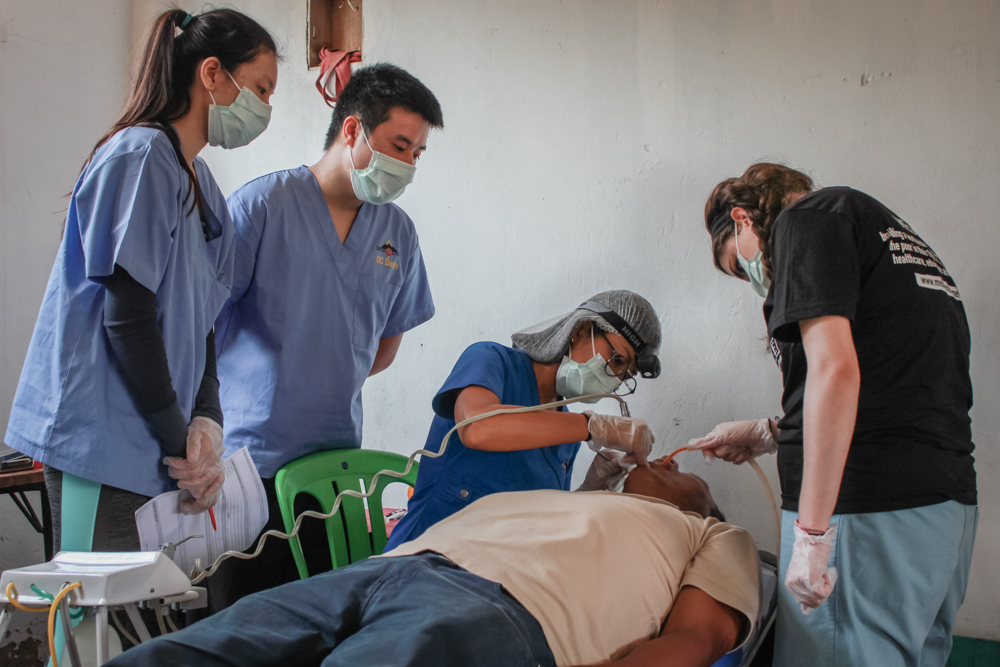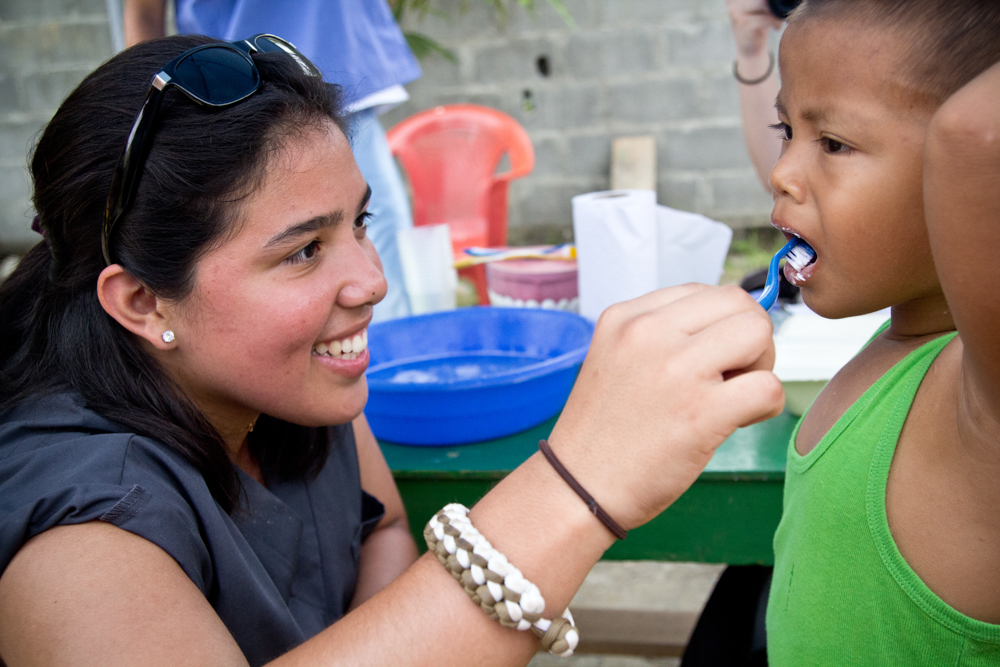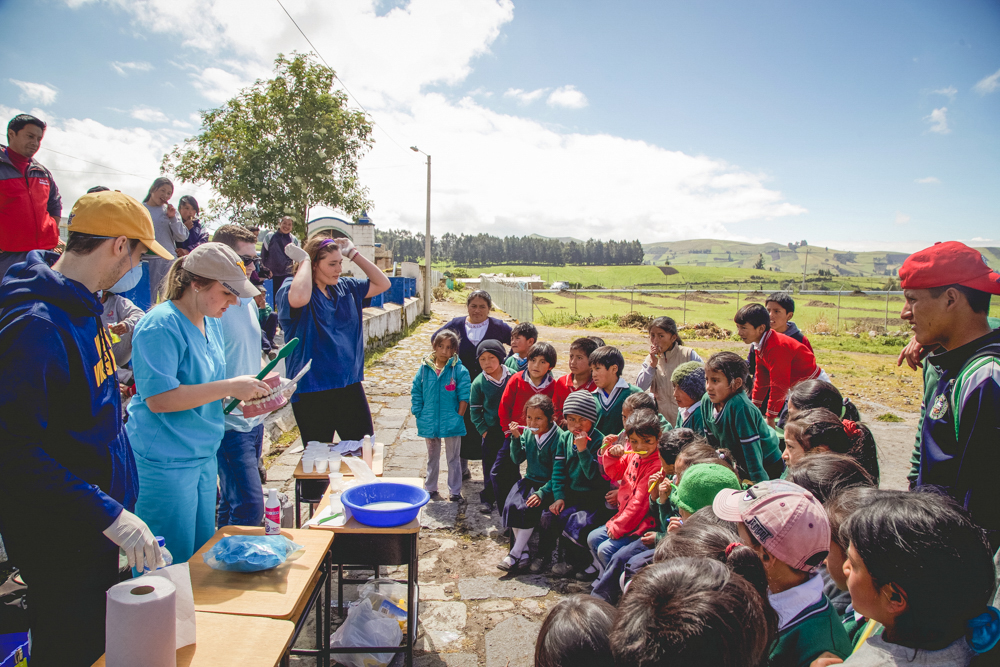Many students have found a profound purpose in contributing to health initiatives abroad. A key focus is oral health policies in South America. These policies play a significant role in shaping community health, especially in underserved areas. For students passionate about making a difference, understanding these policies is essential. It’s not just about immediate care; it’s about aligning efforts with more extensive, structured initiatives for a meaningful, lasting impact.

Understanding Oral Health Challenges in South America
South America faces unique challenges in oral health, deeply affected by social and economic disparities. Many regions struggle with issues like tooth decay and gum diseases, which are often made worse by a lack of access to quality dental care. These conditions aren’t just painful; they impact individuals’ overall health and their quality of life.
Oral health policies in South America are stepping up to address these issues. Governments are recognizing the need for comprehensive strategies that go beyond treatment alone. These policies often include wide-ranging actions, including public awareness campaigns, improving access to fluoride, and facilitating outreach programs, particularly in remote communities. By prioritizing preventive care and education, these national guidelines aim to reduce oral health issues and set the foundation for healthier futures. For volunteers, aligning with these policies means contributing to a broader, sustainable impact in these communities.

The Role of MEDLIFE in Oral Health Policies in South America
MEDLIFE is a key player in improving community health in South America, working with existing oral health policies. They don’t just come in with quick fixes; they work alongside government programs. They zero in on local needs, directly offering care and education to the people.
It matters because MEDLIFE’s mobile clinics do more than fix dental problems; they teach communities about oral health to stop issues before they start. This hands-on help isn’t a solo effort; it’s done in partnership with local groups and fits into a bigger picture aimed at tackling health challenges.
And the real magic happens in the day-to-day interactions. These community-led efforts, driven by dedicated volunteers, create a trust that goes beyond just providing services. They’re about forming strong bonds, understanding specific needs, and setting up long-lasting health habits.
The impact of this program is huge. Healthy communities get noticed, and the success of groups like MEDLIFE can inspire larger health strategies across the country. This isn’t just about following the rules; it’s about creating a system that listens to its people. By supporting health from the ground up, grassroots groups help mold the policies that keep everyone smiling.

Tips for Volunteers Considering a MEDLIFE Dental Service Trip
Setting out on a MEDLIFE Dental Service Trip requires thorough preparation and an open-minded attitude. Here’s a guide to help you navigate this rewarding journey:
- In-depth Preparation: Research is important. Understand the specific needs of the communities you will serve, acknowledging the limitations in facilities and resources. Equip yourself with essential dental tools and be mentally prepared to operate in environments that are less structured than the standard clinics you might be used to.
- Language Basics: A solid knowledge of Spanish is not necessary; however, learning common phrases related to dental care can make your interactions with local community members a lot easier. Good communication helps build trust, which is essential for proper education.
- Focus on Education: Direct dental care provides immediate relief, but education is the cornerstone of long-term oral health. Spend time instructing community members, especially children, about proper dental hygiene practices. Show them correct brushing techniques and discuss dietary impacts on oral health. Doing so will foster good habits that prevent future dental issues.
- Cultural Sensitivity: Respect for local customs and traditions enriches your volunteer experience. Approach every interaction with empathy and be willing to learn from the community. Your respect for their culture can build bridges and lead to better education opportunities.

Navigating Through Limited Resources and Cultural Nuances
Getting ready to dive into new communities means gearing up for less-than-ideal situations and a whole new world of traditions. Let’s break down how you can handle these:
Getting Creative with What You Have: Not all dental missions are packed with high-tech gear, and that’s okay! It’s all about using what you have in clever ways. Learn the tricks of the trade that don’t need fancy equipment. Your standard dental kit and a bit of ingenuity can work wonders. It’s like a DIY project but for smiles!
- Stepping Into New Cultural Shoes: When you enter a community, you’re stepping into a new cultural environment. It’s more than just teeth; it’s about people’s way of life. Pay attention to how others interact and respect their customs. Warm smiles, respectful greetings, and careful listening can bridge a lot of gaps. Making friends and forging relationships is a big part of making a difference.
It’s all about doing your best with what’s available and understanding the places you’re in. This way, you’re not just a visitor — you’re part of a shared story, contributing positively and leaving a mark that matters.

Partnering with Established Organizations for Maximum Impact
Taking part in a mission to bring smiles across borders becomes more impactful when you’re not going it alone. Partnering with organizations that know the lay of the land can be a game-changer. These established health groups come with a wealth of experience, connections, and resources. They’ve navigated the challenges and know the ins and outs of making real change happen.
When volunteer groups join forces with these seasoned experts, their combined efforts can create an even bigger wave of improvement in communities’ oral health. It’s not just about the immediate change; it’s about setting up a sustainable system of care. History has shown us that these collaborations work from educational workshops to regular check-ups. They lead to greater reach, more profound impacts, and the kind of success stories that inspire even more people to get involved.
By choosing to work alongside those with proven track records, volunteers ensure that every ounce of effort counts, extending the impact far beyond what they could have achieved alone.
The Smiles Movement and Oral Health Policies in South America
Aligning with oral health policies in South America isn’t just about adhering to rules; it’s about weaving together the threads of community efforts, professional dedication, and policy support to fabricate a safety net that catches any individual at risk of falling through the health care gaps. The Smiles Movement is one such endeavor, standing as a beacon of communal solidarity, lighting the way toward accessible dental care and brighter futures for everyone.
Each volunteer, each educator, and each health professional carries the torch further, bringing illumination and assistance to even the most remote corners of South America. Their commitment goes beyond immediate aid, contributing to a sustainable structure that underpins society’s well-being and prosperity.
As we look ahead, remember the journey doesn’t end here. It’s a continuous path, and your steps matter. Whether you’re thinking about volunteering, studying dentistry, or supporting from home, your involvement feeds into a larger narrative of hope and health. Together, under the guidance of oral health policies in South America, we’re not just giving out smiles; we’re nurturing a world where they can flourish naturally.






